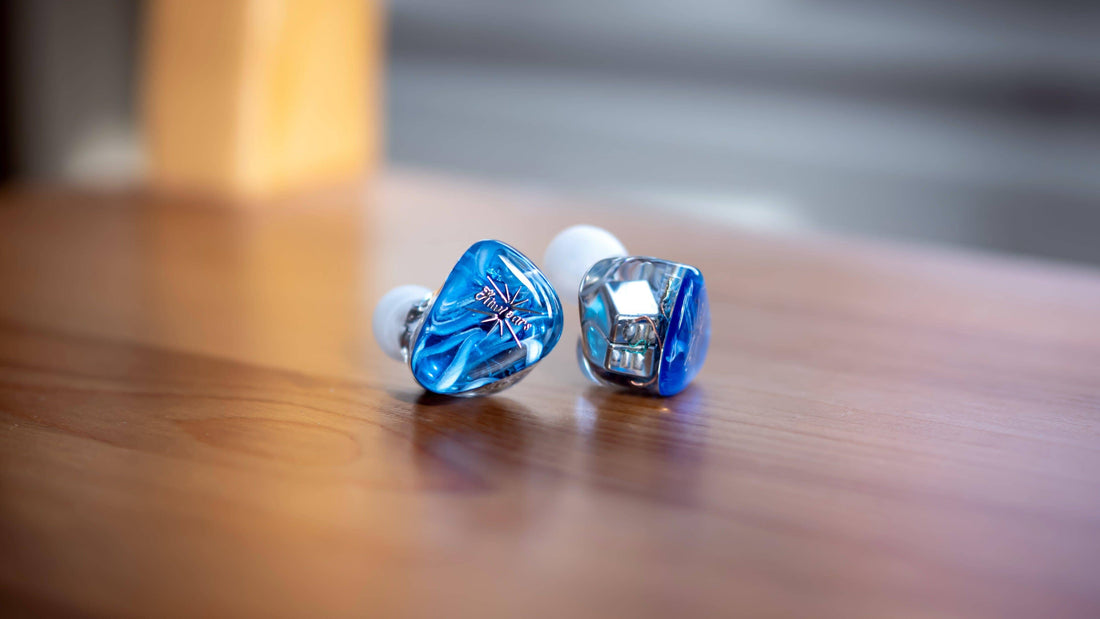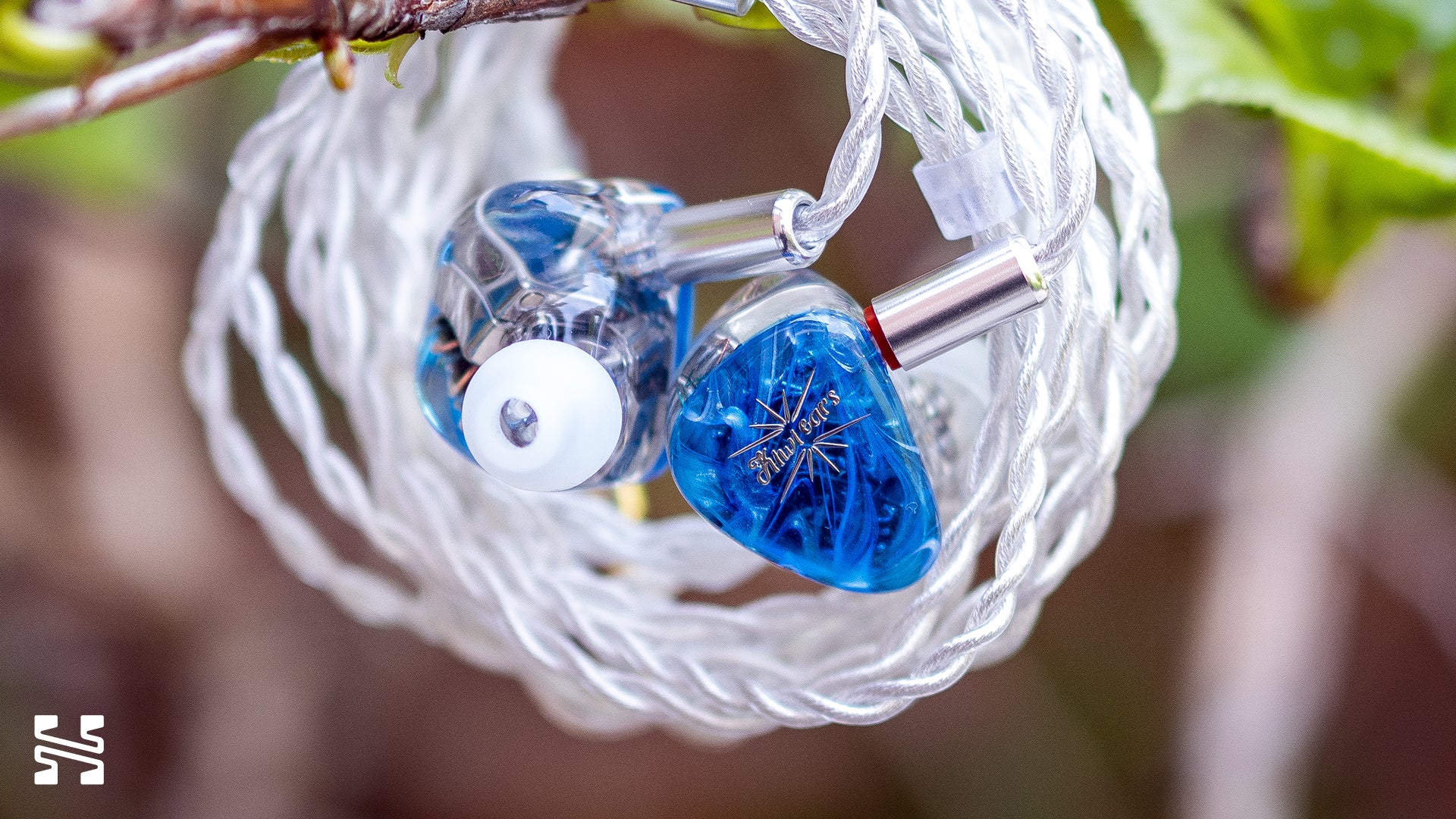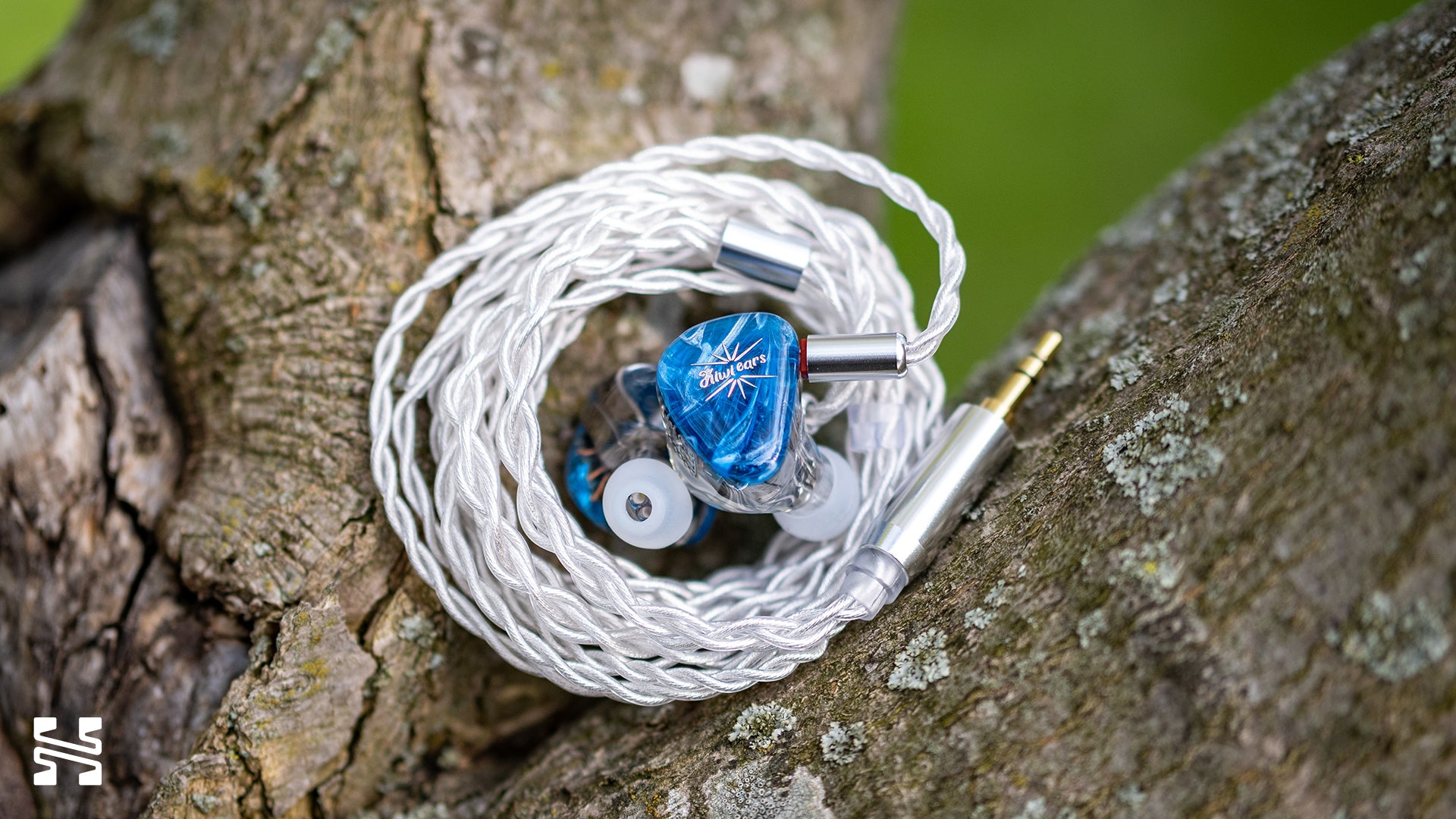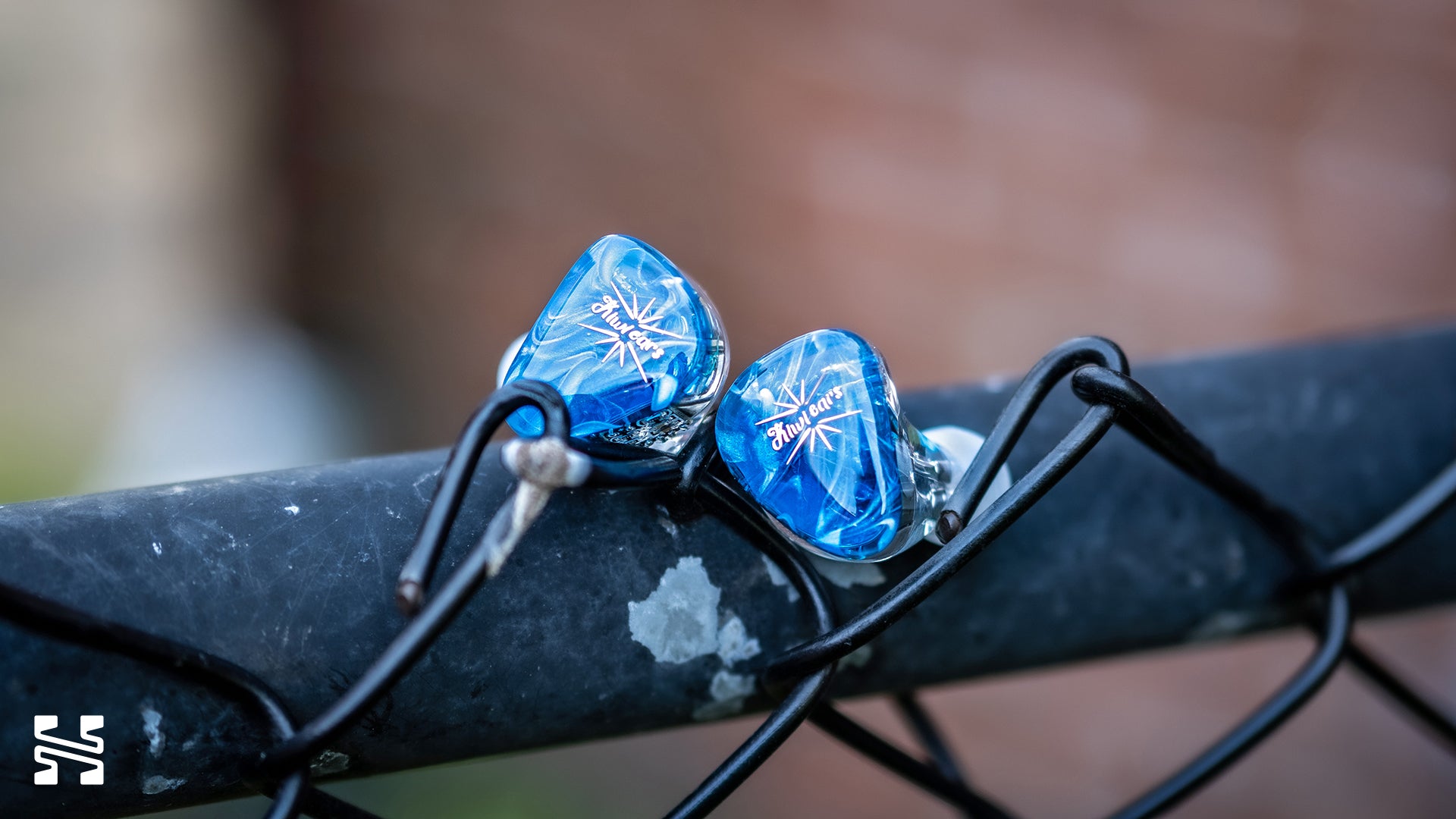Kiwi Ears Orchestra Lite: The Return of Multi-BA Midrange IEM?

Introduction
It was only two years ago that I reviewed the original Kiwi Ears Orchestra, an excellent IEM that competed with the likes of the DUNU SA6. Since then, the IEM market has changed dramatically. Gone are the days of the driver count arms race, though remnants linger in places like the recently-released Ultimate Ears Premier with its 21 balanced armature (BA) drivers. Instead, we’re seeing the resurgence of excellent single dynamic driver IEMs in the budget range, the innovation of planar IEMs at the entry mid-fi, and the steadfast dominance of hybrids beyond.
It’s fitting then that the Kiwi Ears Orchestra Lite harkens back to the days of the classic multi-BA set-up. At $250 with 8 BAs, the Orchestra Lite sports a similar configuration to its predecessor but at half the cost. I’m curious to see what improvements the Orchestra Lite might have or what concessions it might have made to reach this price. And more importantly, how does it stack up in a market that has seemingly moved beyond the traditional midrange all-BA approach?
Source(s) Used: Apple USB-C dongle and Ferrum ERCO
Review unit provided by Linsoul

What’s in the Box
The accessory package of the Orchestra Lite is a standard affair. You get:
- Three sets of basic silicon S/M/L tips
- A Kiwi Ears branded zipper case
- A silver colored 4-core 2-pin cable
- The Orchestra Lite itself
The included stock cable is very good. It’s soft with practically no cable memory. The shells of the Orchestra Lite are made of a transparent resin except for its faceplate. You can see how each of the eight balanced armatures inside are placed meticulously within the shell.
Comfort may be hit and miss for some. The Orchestra Lite is a chunky IEM and has a 6 mm nozzle. It has a fairly ergonomic shape with a good nozzle length and angle so I don’t have any issue inserting it. But once it’s in, there’s a strong sense of occlusion and there is a bit of a hump right at the edge of the nozzle that irritated me a little. To its credit, the Orchestra Lite is comfortable enough that I can have it in for hours at a time. It doesn’t disappear in my ear and I still “feel it” but it doesn’t hurt in the slightest. It’s only when I remove it at the end of a listening session that I realize just how large it actually is. It’s more comfortable than the infamous MoonDrop Blessing 2, but not by much.

Sound and Frequency Response Graph
My first impressions of the Orchestra Lite were quite positive. In many ways, it reminded me of the classic BA experience. There’s a strong midrange emphasis that tapers off at both ends of the spectrum. The tonality is excellent with outstanding clarity while listening. However, the more I listened to it, the more I started picking out the little nuances here and there that I wasn’t quite as impressed with.

Frequency response of the Kiwi Ears Orchestra Lite. Measurement taken with an IEC-711 clone microphone. Comparisons can only be made relative to other measurements taken by this specific microphone. A peak at about 8 – 10 kHz is likely an artifact of the measurement rig and may not exist as depicted here. Measurements above 8 kHz are not accurate. If possible, reference multiple measurements.
Looking at the frequency response graph, we can see a healthy upper midrange that is balanced with equally-healthy lower mids. This provides an appreciable amount of warmth in the mids, though not in a wholly natural way. It’s as if a neutral-tuned IEM had a warm filter directly overlaid. But that minor criticism aside, it’s a good thing its midrange tonality is well done, because the Orchestra Lite is a forward-sounding IEM. It’s as if the bass and treble are desaturated, rather than the midrange actively trying to muscle its way front and center.
The bass quantity of the Orchestra Lite is about as much as I’d like in a balanced tuning. While I noticed the subbass roll-off in my listening, I was surprised that it graphs with that much of a hump in the midbass. I think the driving force here is the fact that the bass of the Orchestra Lite isn’t anything special. There’s little dynamics or impact. I don’t feel the weight of the drums for instance, only their volume. Yet it’s a bit of an atypical BA-bass response, as its attack isn’t overly sharp and its decay lingers a hair longer than other BA sets, giving it a boomier sound.

The treble performance of the Orchestra Lite is the mirror image of its bass. On one hand, there is a familiar BA-esque crisp, clean, albeit somewhat thin, treble attack on the hats and cymbals that extends well into the upper octaves and pointedly outlines these notes. On the other, the Orchestra Lite’s treble is more subdued than expected. At least there’s no concern over sibilance or peakiness.
Presentation
I think most of my complaints surrounding the Orchestra Lite comes down to its presentation. It is an IEM singularly defined by its clarity at the cost of compression and musicality. The oddities in its bass and treble gives its sound a slightly unnatural quality. But keeping with the theme of clarity, the resolving ability of the Orchestra Lite is primarily front-loaded. It throws every note at the listener equally, each one being sharply defined. But there isn’t much in the way of the so-called trailing ends of tones. It’s “dry.” Perhaps that is why I occasionally find its resolution to be a little limited.

In terms of soundstage and imaging, the Orchestra Lite is more closed-in than other IEMs of late. This does however give its imaging a tighter focus, greater stage depth, and a hint of layering. While I would normally be bothered by a constrained soundstage, I can give it a pass on the Orchestra Lite.
Comparison to Kiwi Ears Orchestra
I originally came into this review thinking there would be a lot to pick out in terms of a comparison to the original Orchestra. Instead, they are two fairly different IEMs overall. I prefer the original, though I admit I haven’t heard it in a while.

Here’s the graph comparing the two. You can see how much DNA they share with each other; the upper mids structure is practically identical. It’s in the bass and treble where they differ. The Orchestra flattens down the bass hump while adding more of a mid-treble presence for added vividity and brilliance. Without the bass hump, the original Orchestra has a more balanced tonality without that warmth filter applied.
In my original review, resolution was my only complaint. Unlike the Orchestra Lite, there weren’t all sorts of little nitpicks in the original Orchestra’s presentation that I noted. But in all fairness to the Orchestra Lite, it does cost half the price and IEM standards and expectations have evolved significantly in two years.

Should You Buy It?
Yes, with a soft recommendation. I realize that I haven’t been the most forgiving to the Orchestra Lite in this review, but I do enjoy listening to music with it. Or to put it another way, I can’t bring myself to not recommend it. It won't be the most price-performant IEM out there and its performance is limited in several ways. But what you get for $250 is a tonally-excellent IEM with superb clarity. You’d think an IEM like this would be a dime-a-dozen but surprisingly, there are very few IEMs in recent memory that does what the Orchestra Lite does. Planars rule the price bracket below and the MoonDrop Blessing family dominates the bracket above. The Orchestra Lite sits awkwardly alone in-between them with its all-BA set-up and comparatively warmer tuning. It seems like the midrange multi-BA IEM isn’t quite dead yet. But unlike the Symphonium Helios at the kilobuck bracket, the Kiwi Ears Orchestra Lite isn’t the champion its class is looking for.
